Ningyocho Imahan was established in 1895 at its original location as a beef hotpot restaurant. Over a century since its founding, Ningyocho Imahan has continued its mission of always providing best quality beef.
We are very grateful for everyone’s continued patronage.
We will answer some frequently asked questions and explain a little about Ningyocho Imahan.
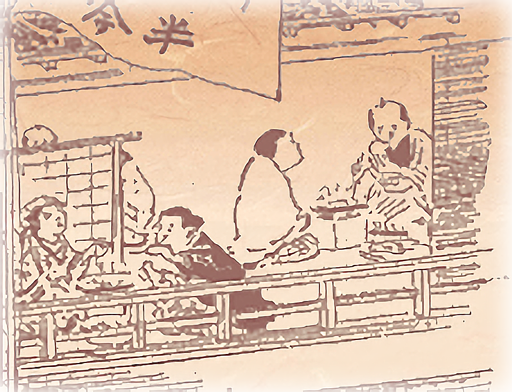
Is the Imahan in Asakusa and Ningyocho Imahan different?
At present, there are five companies in Tokyo that operate sukiyaki restaurants under the name "Imahan".

Ningyocho Imahan
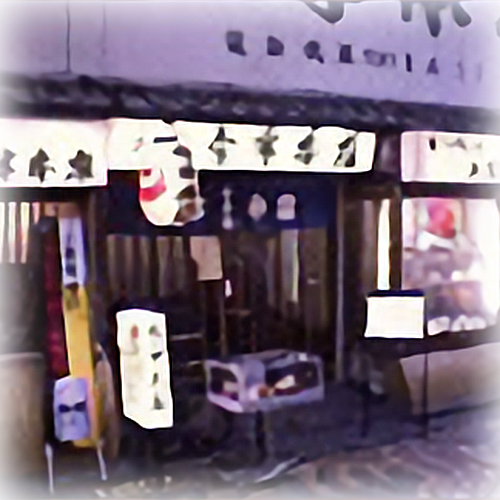
Imahan Honten
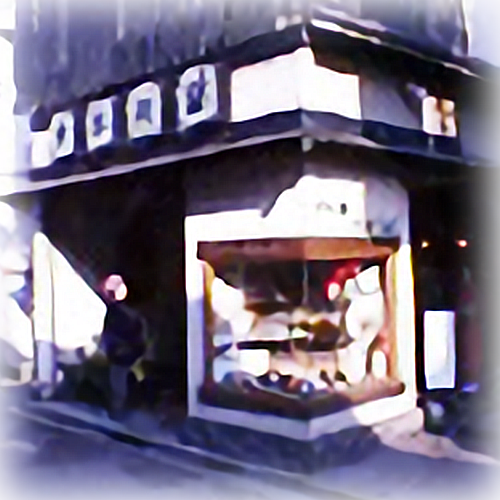
Imahan Bekkan (Annex)
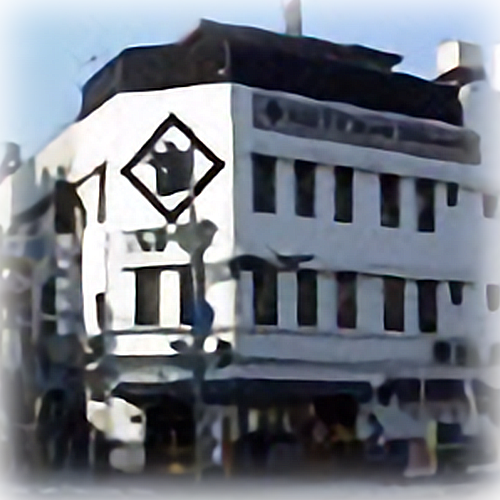
Asakusa Imahan
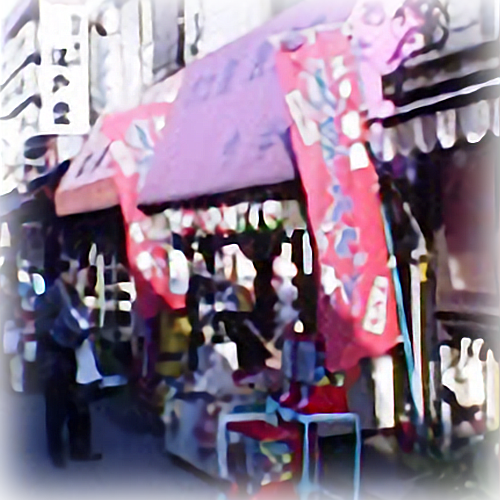
Yoyogi Imahan
In addition, there are souvenir shops in Asakusa and beef restaurants in Sendai, and these shops commonly use the the name “Imahan”. These are all businesses that were working under Imahan and have gone independent and are now operating on their own. 0
Among all of these businesses, is Ningyocho Imahan.
Ningyocho Imahan opened in 1952 as "Imahan Nipponbashi Branch (formerly Asakusa Imahan Nipponbashi Branch)".
After that, with the development of the restaurants, they split in 1956 into Asakusa Imahan and Ningyocho Imahan, with the eldest son taking over Asakusa Imahan and the second son taking over Ningyocho Imahan. To this day, both are doing very well.
